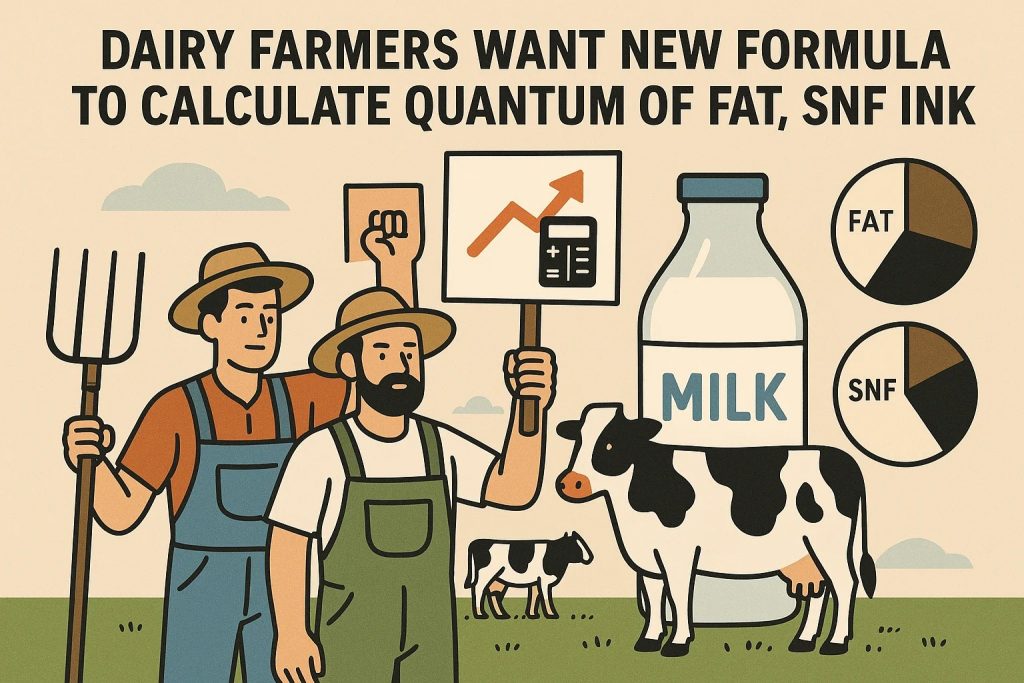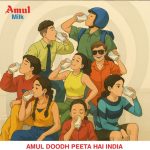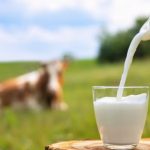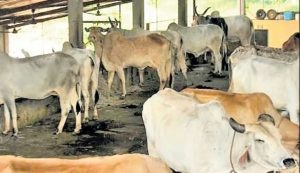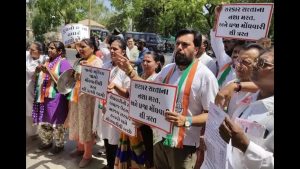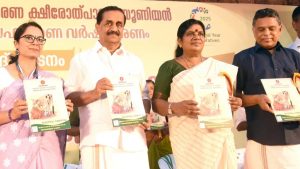
Dairy farmers have urged the government to implement a new system to calculate the quantum of fat and solids non fat (SNF) in milk procured by Aavin.
Tamil Nadu Milk Producers Welfare Association general secretary M. G. Rajendran said that the current system, called the Modified Richmond Formula always led to milk having lesser SNF by 0.2%, which caused a loss of 56 paise per litre.
The ISI formula will show SNF of 8% and above per litre. With the Richmond Formula SNF for many farmers remains at around 7.8% per litre. The standard for cow milk is 4.3% fat and 8.2% SNF. When either of these values changes, the price given to them also changes, he explained.
The government is unable to increase the procurement price because it promised lower prices to consumers. However, by implementing the ISI formula, which is being implemented in other States, dairy farmers will automatically get an increase in payments, which will be a welcome move, he pointed out.
This has been a long-standing request of the over 20 lakh members of cooperative societies that form the Tamil Nadu Cooperative Milk Producers Federation, whose popular brand is Aavin.
You can now read the most important #news on #eDairyNews #Whatsapp channels!!!
🇮🇳 eDairy News ÍNDIA: https://whatsapp.com/channel/0029VaPidCcGpLHImBQk6x1F
